Exploring the Challenges and Rewards of Working Offshore as an NDT Technician
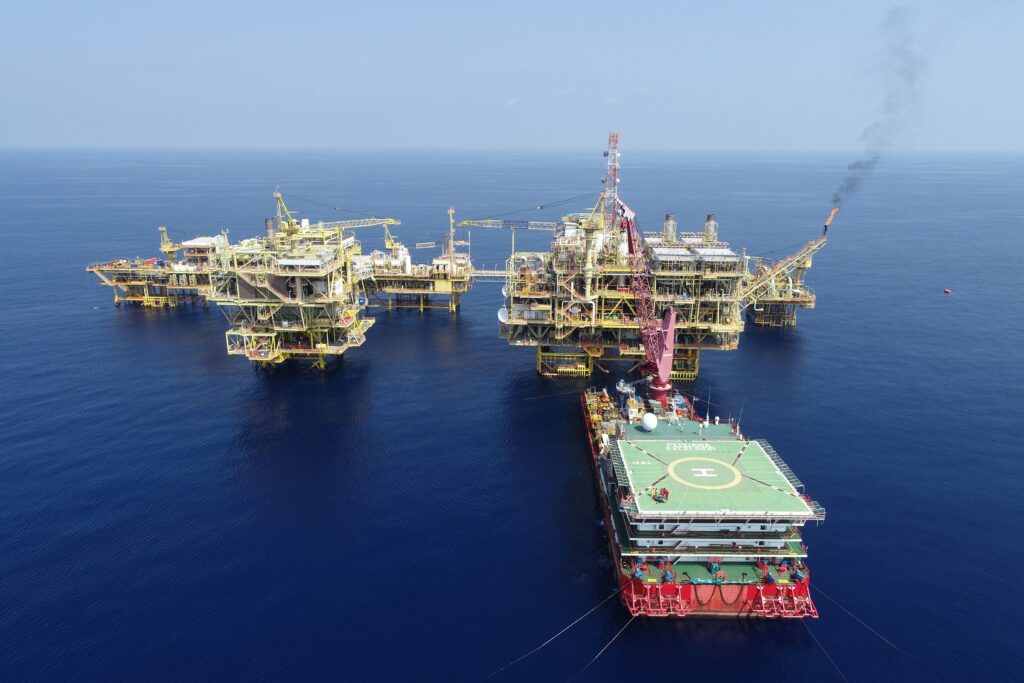
Non-destructive testing (NDT) technicians are trained professionals who use specialized equipment and techniques to inspect and evaluate the condition of materials, components, and systems without causing damage. This type of testing is often used in industries such as aerospace, automotive, construction, and oil and gas, among others.
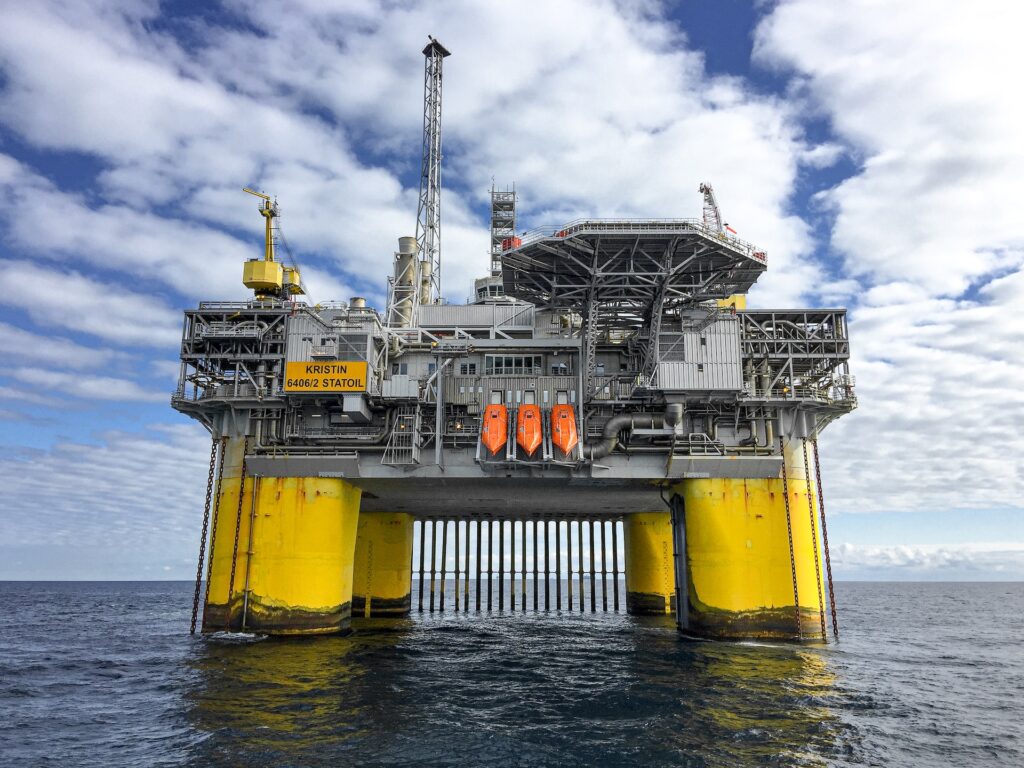
Offshore NDT technicians typically work on oil platforms or other offshore structures and are responsible for performing NDT inspections and providing quality control services to ensure the safety and integrity of these structures. Working offshore can be challenging due to the isolated location and the potential for harsh weather conditions, but it can also be a rewarding and exciting career for those who are well-suited to this type of work.
Type of offshore installations
There are several types of offshore installations that may be found in the oil and gas industry, including:
- Oil platforms: These are structures built on top of an oil well, which are used to extract and process oil from the well. There are several types of oil platforms, including fixed platforms, which are permanently anchored to the sea floor, and floating platforms, which are held in place by anchors or mooring systems.
- Drilling rigs: These are specialized vessels or platforms that are used to drill for oil and gas. Drilling rigs can be mobile or stationary, and may be used to drill both offshore and onshore wells.
- Production platforms: These are structures that are used to process and transport oil and gas once it has been extracted from the well. Production platforms may include facilities for separating, storing, and exporting oil and gas.
- Storage tanks: These are large, above-ground tanks that are used to store oil and gas prior to transportation.
- Offshore wind farms: These are collections of wind turbines that are located in the ocean, typically several miles offshore. Offshore wind farms can generate electricity that is transmitted to the grid onshore.
- Subsea pipelines: These are pipelines that are laid on the sea floor to transport oil, gas, or other substances from one location to another.
- Floating production, storage, and offloading (FPSO) vessels: These are specialized ships that are used to process and store oil and gas that is extracted from offshore wells. FPSOs are equipped with production facilities and storage tanks, and can offload oil and gas to other vessels for transportation to shore.
Working offshore benefits
There are several potential benefits to working as an offshore NDT technician, including:
- Good pay: Offshore NDT technicians often earn higher salaries than their counterparts working onshore, due to the additional challenges and responsibilities of working in an offshore environment.
- Career advancement opportunities: Offshore NDT technicians who demonstrate expertise and dedication to their work may have the opportunity to advance to higher-level positions or take on additional responsibilities.
- Travel and adventure: Working offshore can provide the opportunity to travel to different locations and experience new cultures, which can be a rewarding and exciting aspect of this type of work.
- Personal growth: Working in a challenging offshore environment can help individuals develop new skills, increase their confidence, and become more independent and self-reliant.
- Job security: The demand for NDT technicians is expected to continue to grow in the coming years, which can provide job security and stability for those working in this field.
Drawbacks
There are also some potential disadvantages to working as an offshore NDT technician, including:
- Isolation: Offshore work can be isolating, as technicians are typically working on a platform or vessel that is separated from land. This can be difficult for those who are used to being surrounded by family and friends on a daily basis.
- Harsh conditions: Offshore environments can be harsh, with challenging weather conditions, including high winds, rough seas, and extreme temperatures. This can be physically and mentally demanding for those who are not well-suited to this type of work.
- Long shifts: Offshore NDT technicians often work long shifts, which can be tiring and may involve working weekends and holidays.
- Health risks: There is a risk of accidents and injuries while working offshore, as well as the potential for exposure to hazardous materials.
- Time away from home: Offshore work often involves being away from home for extended periods of time, which can be difficult for those who have families or other commitments.
Common NDT methods used offshore
There are several non-destructive testing (NDT) methods that are commonly used offshore, including:
- Ultrasonic testing: This method uses high-frequency sound waves to detect internal defects or measure the thickness of materials.
- Radiographic testing: This method involves using radiation to create an image of the internal structure of a material or component.
- Magnetic particle testing: This method uses a magnetic field to detect surface and slightly subsurface defects in ferromagnetic materials.
- Dye penetrant testing: This method involves applying a liquid dye to the surface of a material, which is then drawn into any defects or cracks that may be present.
- Visual testing: This method involves visually inspecting the surface of a material or component for defects or damage using the naked eye or specialized equipment such as a borescope or fiber optic scope.
It’s worth noting that the specific NDT methods used offshore may vary depending on the materials being tested, the type of structure or equipment being inspected, and the specific needs of the client.
Rotation and roster
Offshore rotation refers to the schedule that is followed by workers who are employed on offshore oil and gas platforms or other offshore installations. This schedule typically involves working for a certain number of days or weeks on the offshore installation, followed by a period of rest or leave.
The specific rotation schedule can vary depending on the employer and the location of the offshore installation. Some common rotation schedules include:
- 2 weeks on / 2 weeks off: This schedule involves working for two weeks on the offshore installation, followed by two weeks of leave or rest.
- 3 weeks on / 3 weeks off: This schedule involves working for three weeks on the offshore installation, followed by three weeks of leave or rest.
- 4 weeks on / 4 weeks off: This schedule involves working for four weeks on the offshore installation, followed by four weeks of leave or rest.
The rotation schedule can be challenging for those who are used to working a traditional 9-5 schedule onshore, as it can involve long periods of time away from home and can be disruptive to personal and family life. However, it can also provide the opportunity for extended periods of rest and leisure, which can be beneficial for some individuals.
Salary
The salary for offshore workers can vary widely depending on a number of factors, including the worker’s level of experience, education, and job title, as well as the location of the offshore installation and the specific industry in which the worker is employed. In general, however, offshore workers tend to earn higher salaries than their onshore counterparts due to the additional challenges and responsibilities of working in an offshore environment.
According to data from the U.S. Bureau of Labor Statistics, the median annual salary for all occupations in the oil and gas extraction industry was $92,220 as of May 2020. However, it is worth noting that this figure includes both onshore and offshore workers, and that salaries can vary significantly depending on the specific job and location.
According to data from the U.S. Bureau of Labor Statistics, the median annual wage for NDT technicians was $58,520 as of May 2020. However, it is worth noting that this figure includes both onshore and offshore technicians, and that salaries can vary significantly depending on the specific job and location.
It is also worth noting that many offshore workers receive additional compensation in the form of bonuses, perks, and benefits, such as housing, travel, and medical insurance. These additional benefits can significantly increase the overall compensation for offshore workers.
Offshore amenities
Offshore amenities can vary depending on the location and type of offshore installation, as well as the specific needs and preferences of the workers. Some common amenities that may be found on offshore installations include:
- Accommodation: Offshore installations typically have housing or dormitory-style accommodation for workers to sleep and rest while they are on shift. These facilities may include individual rooms or bunk beds in shared rooms, as well as common areas such as kitchens, dining rooms, and recreational spaces.
- Catering: Most offshore installations have a kitchen and dining area where meals are prepared for the workers. The quality of the food and amenities can vary depending on the installation.
- Medical facilities: Offshore installations may have a basic medical clinic or infirmary where workers can receive first aid and other medical care if needed. In some cases, more serious medical issues may require the worker to be transported to a hospital onshore.
- Recreational facilities: Offshore installations may have recreational facilities such as gyms, swimming pools, or sports courts to help workers stay active and entertained during their time off.
- Communication and internet access: Offshore installations typically have some form of communication and internet access, although the quality and reliability of these services can vary.
It’s worth noting that the amenities on offshore installations can vary widely, and may be more basic in some locations or industries than in others.
Large offshore oil and gas fields around the world
There are several large offshore oil and gas fields around the world, including:
- Ghawar Field: Located in Saudi Arabia, the Ghawar Field is the largest offshore oil field in the world, with an estimated reserve of around 70 billion barrels of oil.
- Safaniya Field: Also located in Saudi Arabia, the Safaniya Field is the second largest offshore oil field in the world, with an estimated reserve of around 30 billion barrels of oil.
- Khurais Field: Located in Saudi Arabia, the Khurais Field is the third largest offshore oil field in the world, with an estimated reserve of around 20 billion barrels of oil.
- Rumaila Field: Located in Iraq, the Rumaila Field is one of the largest offshore oil fields in the world, with an estimated reserve of around 17 billion barrels of oil.
- Kashagan Field: Located in the Caspian Sea, the Kashagan Field is one of the largest offshore oil fields in the world, with an estimated reserve of around 13 billion barrels of oil.
Conclusion
Working as an offshore NDT technician can be a challenging but rewarding career for those who are well-suited to this type of work. Offshore NDT technicians use specialized equipment and techniques to inspect and evaluate the condition of materials, components, and systems without causing damage, and are responsible for providing quality control services to ensure the safety and integrity of offshore structures. Working offshore can be physically and mentally demanding due to the isolated location and harsh weather conditions, but it can also provide good pay, career advancement opportunities, and the chance to travel and experience new cultures. The specific NDT methods used offshore may vary depending on the materials being tested, the type of structure or equipment being inspected, and the specific needs of the client. Offshore workers typically follow a rotation schedule that involves working for a certain number of days or weeks on the offshore installation, followed by a period of rest or leave. The salary for offshore NDT technicians can vary widely depending on a number of factors, including the technician’s level of experience, education, and certification, as well as the location of the offshore installation and the specific industry in which the technician is employed. Offshore amenities can vary widely, but may include accommodation, catering, medical facilities, recreational facilities, and communication and internet access. There are several large offshore oil and gas fields around the world, including the Ghawar Field, Safaniya Field, Khurais Field, Rumaila Field, and Kashagan Field.
For more information about working in the oil and gas industry, especially as an offshore NDT technician, be sure to check out our Oil and Gas forum and the Oil and Gas group on NDT Inspection portal. These communities of professionals and experts can provide valuable information and resources, as well as the opportunity to connect with others in the industry. Whether you’re just starting out in your career or are an experienced professional, these resources can be valuable for learning more about this exciting and dynamic field.
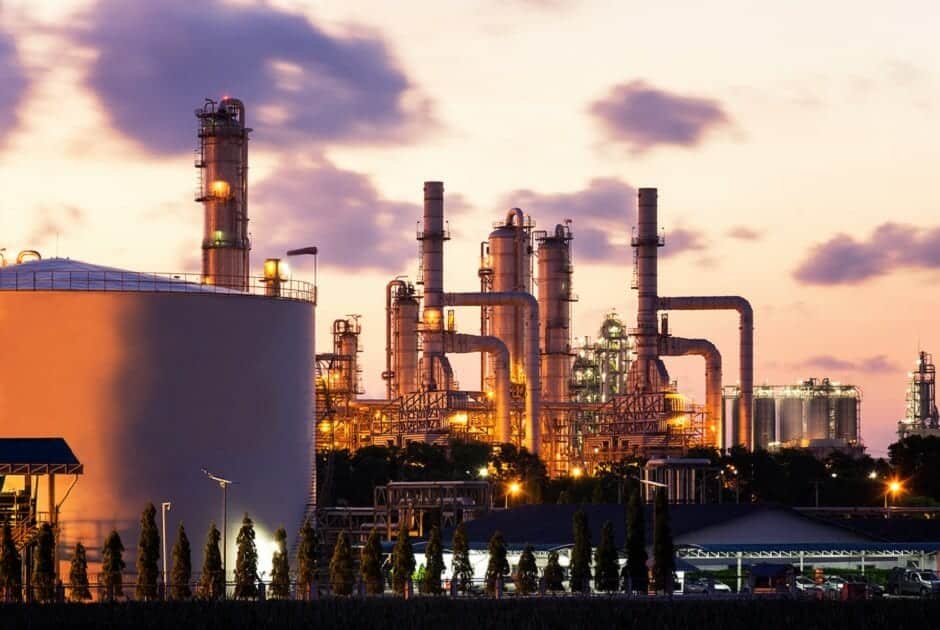
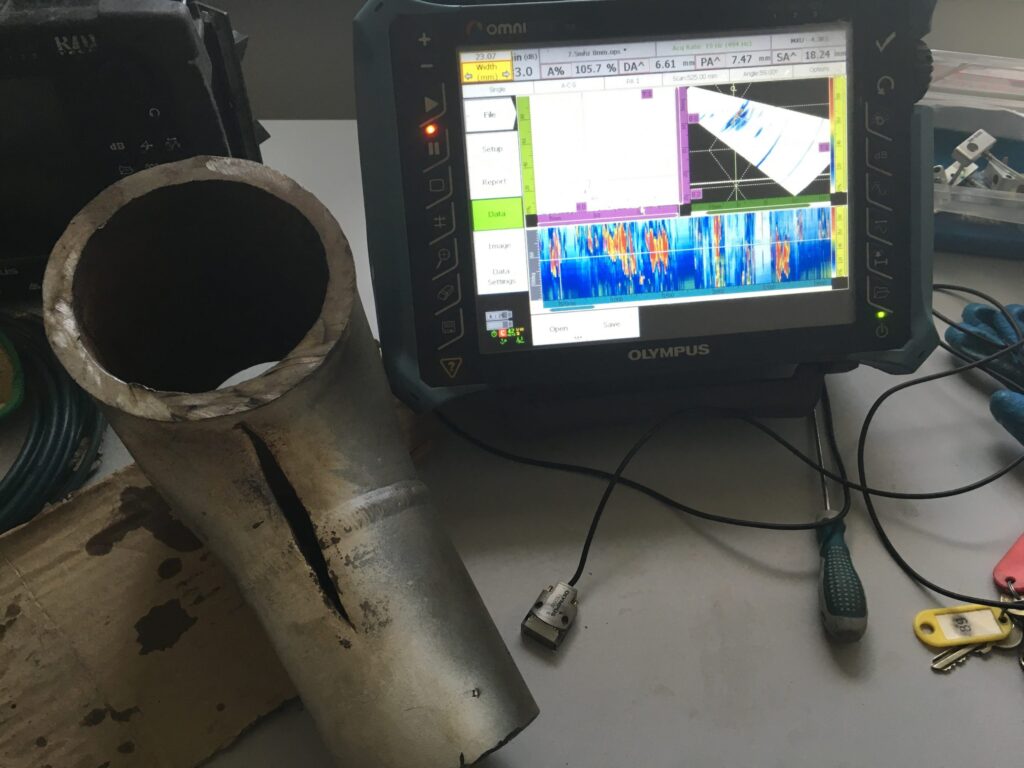
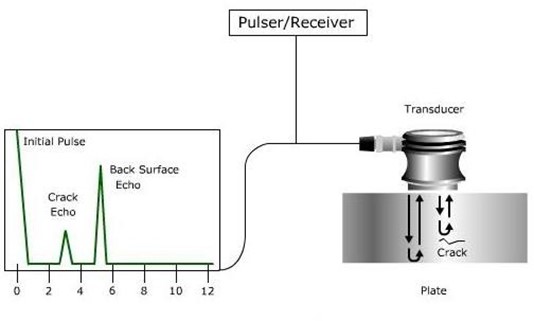
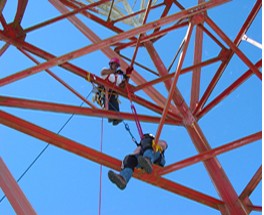

Responses